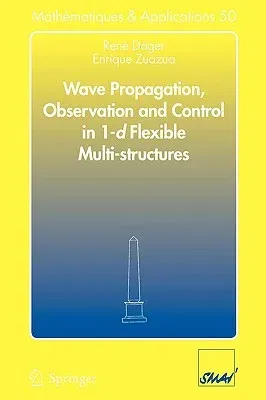René Dáger
(Author)Wave Propagation, Observation and Control in 1-D Flexible Multi-Structures (2006)Paperback - 2006, 1 October 2005

Qty
1
Turbo
Ships in 2 - 3 days
In Stock
Free Delivery
Cash on Delivery
15 Days
Free Returns
Secure Checkout
Part of Series
Mathématiques Et Applications
Part of Series
Mathematiques & Applications
Part of Series
Mathematiques Et Applications
Part of Series
Mathimatiques Et Applications
Part of Series
Mathmatiques Et Applications
Part of Series
Matha(c)Matiques Et Applications
Part of Series
Math Matiques Et Applications
Print Length
230 pages
Language
English
Publisher
Springer
Date Published
1 Oct 2005
ISBN-10
3540272399
ISBN-13
9783540272397
Description
Product Details
Authors:
Book Edition:
2006
Book Format:
Paperback
Country of Origin:
DE
Date Published:
1 October 2005
Dimensions:
23.39 x
15.6 x
1.3 cm
ISBN-10:
3540272399
ISBN-13:
9783540272397
Language:
English
Location:
Berlin, Heidelberg
Pages:
230
Publisher:
Series:
Weight:
344.73 gm

